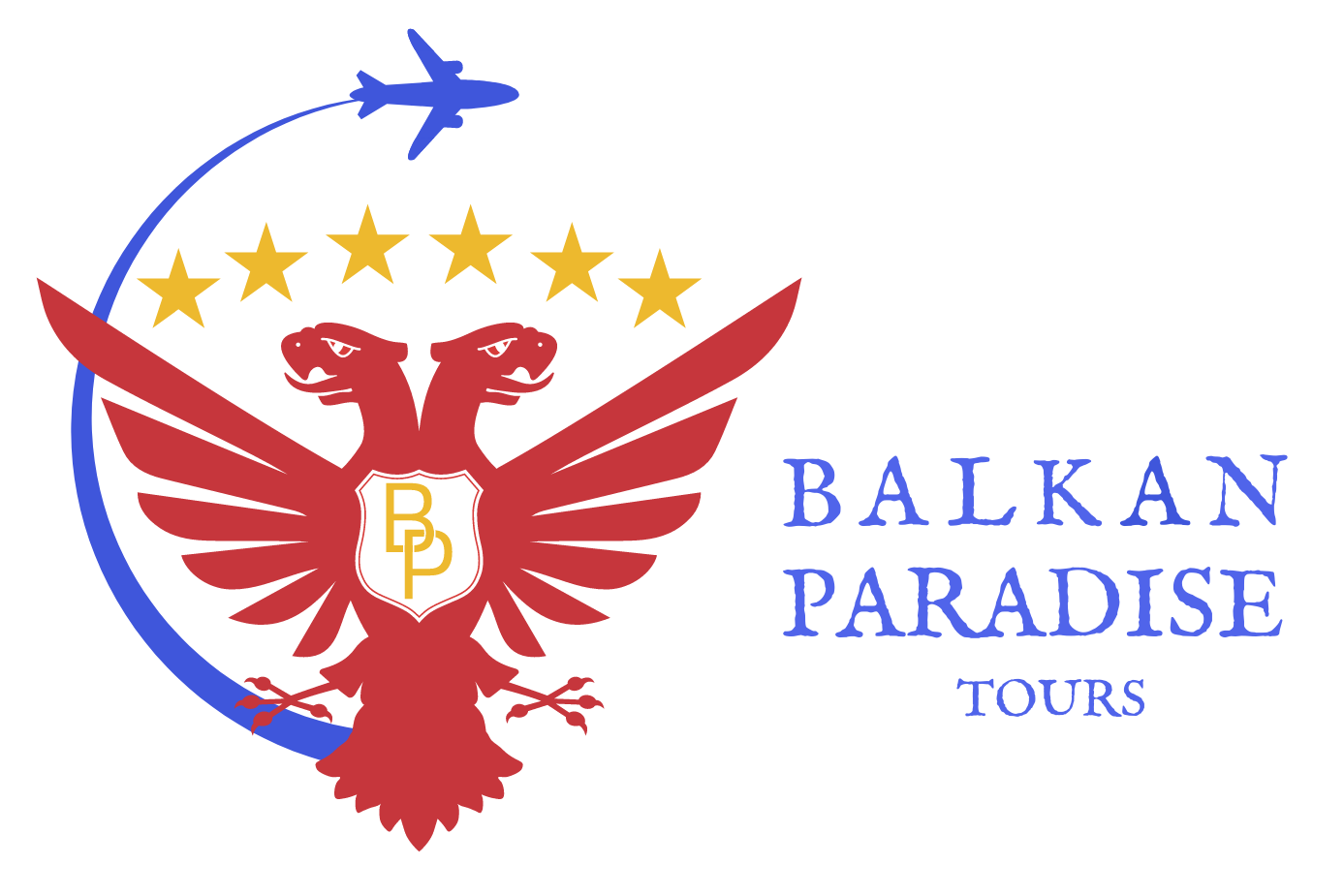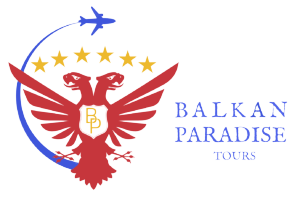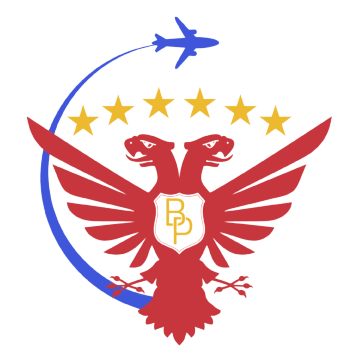Blog
Customs and legends in Kosovo
traditional clothes
Music and dance
Social life
traditional clothes
The traditional clothing of Kosovo is distinguished by its uniqueness and Illyrian character, which despite similarities with Albanian traditional clothes, boasts over 200 different types and styles of clothing depending on the clan’s history, geographic location, and other factors.
Typically, traditional clothing consists of 6-7 pieces, including the iconic conical woolen hat known as “plis” for men, and the red headscarf “bashnik” for women.
Men often wear the “tirqe” or “fustanella,” a long white woolen skirt-like garment, while women wear the “xhubleta,” a skirt-like garment that can resemble a vest at the front.
Before putting on shoes, both men and women wear socks or “tshurap,” and men typically wear the “openja” shoe, while women usually wear wooden clogs it is similar to the traditional Albanian clothing.
Music and dance
Music plays an important role in the history and culture of Kosovo.
Folklore is popular in Kosovo, also the traditional Albanian music still remains highly popular in the region of Kosovo.
The traditional instrument used in both Albania and Kosovo is Ҫiftelia, Mandolin, and Lahuta (The Gusle).
Other traditional music in Kosovo’s culture is represented by the popular music played by the Shota Folk Band.
Shota is also a traditional dance style in Kosovar and Albanian culture named after the remarkable figure, Shote Galica.
The dance requires a high rhythm with quick steps and can be seen dancing and playing in many traditional Kosovar celebrations.
Social life
Very similar to Albanian life in all aspects
The myth of the Kosovo cult
The Legend of the Kosovo Worship is associated with the main events of the Battle of Kosovo, which took place in 1389, and of which little is known in detail.
According to the legend, a final warning was directed to the Serbian ruler Lazar, to either honor the Ottoman Sultan Murad I, surrender and pay taxes.
But he decided to lead his army into the battle of Kosovo.
During the last supper hosted by Lazar before the battle, he told his knights that one of them would betray him.
His son-in-law Vuk Branković deceived him and accused Miloš Obilić, which Obilić opposed, claiming that he would kill Sultan Murad I.
According to the legend, Lazar was visited on the night before the battle by a gray falcon that offered a choice between a “worldly kingdom,” meaning victory in battle, or a “heavenly kingdom,” where the Serbs would be defeated.
It is sometimes said that the prophet Elijah appeared in the form of a falcon.
Lazar chose to die a martyr, and thus the Serbs gained a special status as a celestial people.



